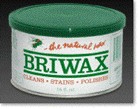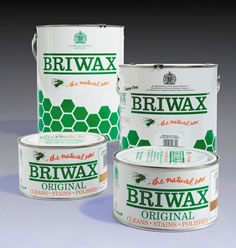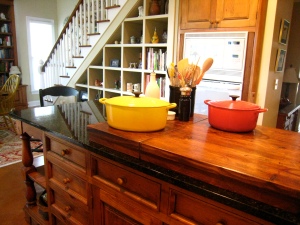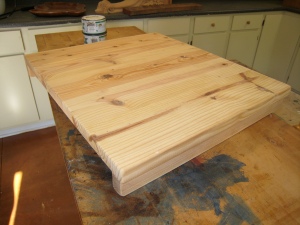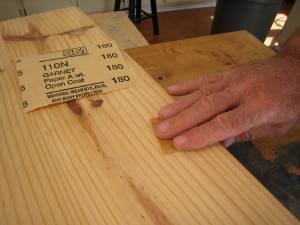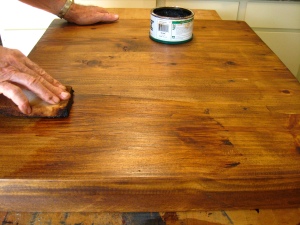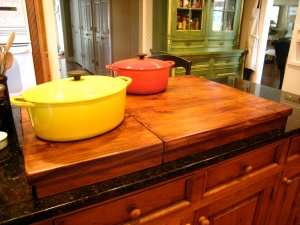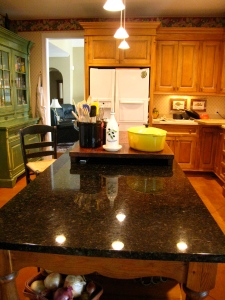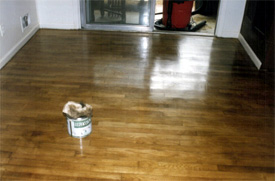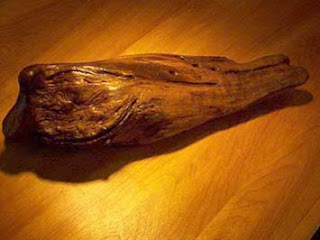Yes. Well not really! Its the solvent in Briwax that removes white watermarks. White water rings or watermarks are caused by condensation of moisture directly into the finished surface of the wood, affecting the finish from the inside out. Most finishes are durable enough for only the top layer of finish to be affected.
Here's the analogy . . . remember when you last went to the doctor's office for a shot? The nurse took a cotton ball, dipped it in alcohol (a very fast evaporator) and rubbed your arm to sterilize it. What was happening was that the alcohol was evaporating the moisture from your skin, actually lifting it out, and sterilizing it at the same time.
Using Briwax to remove white watermarks works the same way. The solvent in Briwax is a fairly fast evaporator, 45-60 seconds when it is spread out. This quick evaporation process is lifting out the moisture from the watermark causing it to disappear.
The process can be speeded up by using 0000 steel wool. You should be careful though, many times we will rub too hard in our haste to remove the watermark and rub right through the finish. Be patient and work on half of the mark at a time. This way you will be able to see the watermark get lighter and lighter and know that you are progressing. Again, be patient!
Be sure to feather out the edges of the area where the white water rings or watermarks once was to blend with the entire finish. Once you have removed the water ring or watermark, use Briwax over the entire piece to renew the finish.
Remember:
Use Briwax sparingly. A little goes a long way.
Do not rub too hard - gently rub the area so that it will not become too smooth.
The solvent in Briwax is actually removing the white water ring, not the wax. The solvent is evaporating the condensation that has caused the white water ring or watermark.
If a ring or spot on your furniture has turned black, the condensation has gone through the finish has has affected the wood itself.

